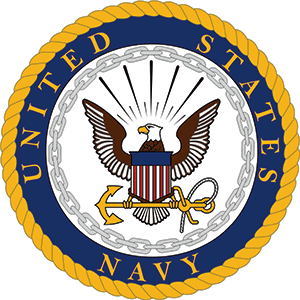ABOUT FICPAC
- Origins and Acronym: FICPAC stands for Fleet Intelligence Center Pacific. It was initially established to provide intelligence support to the U.S. Pacific Fleet, particularly during World War II.
- Pearl Harbor Roots: FICPAC traces its origins to the intelligence units operating at Pearl Harbor before and during the December 7, 1941 attack. These units played a crucial role in intercepting enemy communications.
- Codebreaking Contributions: Personnel associated with FICPAC were instrumental in breaking Japanese naval codes, which contributed to the U.S. victory at the Battle of Midway by providing crucial information about enemy movements.
- Evolution of Roles: Over the decades, FICPAC’s mission has evolved from basic intelligence gathering to advanced signals intelligence (SIGINT), imagery intelligence (IMINT), and cyber operations.
- Vietnam War Operations: During the Vietnam War, FICPAC provided vital intelligence support to U.S. naval operations, including monitoring enemy supply lines and coastal defenses.
- Joint Operations: FICPAC often works in coordination with other intelligence agencies, such as the National Security Agency (NSA) and Defense Intelligence Agency (DIA), enhancing joint operations and information sharing.
- Technological Innovation: The unit has been at the forefront of adopting new technologies for intelligence gathering, including satellite imagery analysis and electronic surveillance.
- Cold War Activities: Throughout the Cold War, FICPAC monitored Soviet naval activity in the Pacific, contributing to strategic deterrence and early warning systems.
- Current Headquarters: FICPAC is headquartered at Joint Base Pearl Harbor–Hickam, Hawaii, strategically positioning it to monitor activities across the Asia-Pacific region.
- Decorations and Recognition: FICPAC and its personnel have been recognized for their critical contributions to national security and have received numerous commendations for excellence in intelligence operations.

